(Part 6 Small Thistle Feeder) BACK-STORY of TLLG's Rain or Shine Feede

by
TheLastLeafGardener
(IC: blogger)
Welcome to Part 6, the final "episode" of my series of follow-ups to the Rain or Shine bird-feeders "story," which I posted here on HT on June 28th 2013. In parts one and two of this particular series, I covered two hanging bird-feeders respectively, the Droll tube as well as the dome. In part three I covered The Fauna House, while in part four I covered a peanut-feeder with an attached tray, and in part five I covered the Hopper-House feeder.
All of the aforementioned feeders are marketed as hanging feeders; however, I got more "feathered-customers" at the each of these feeders when I placed them atop a given surface in my garden. And, as I've stated in my past entries here on HT, it seems that the wild birds which visit my garden are not ones who like to perch while they are eating.
In this post I will cover my visiting birds' reactions to a smaller feeders such as the thistle feeder. This feeder is also advertised as a hanging feeder and if you have been following this series then you know that when I procured the feeders I've been discussing, the only place I had to hang them was from a bracket which is adhered to a wall close to the door leading from my apartment to my garden, and that location is a bit too close for my visiting birds' comfort level.
However, in the case of the small thistle feeders, I was able to have them secured to my urban hedge (my urban hedge is a topic I will discuss later here on HT but info on it is @ http://www.thelastleafgardener.com/search/label/Urban%20Hedge) and an aerial view of this can be seen in the first image posted with this entry.
An interesting feature about this particular thistle feeder is that its "screen" can be changed to accommodate niger seeds which is indicated in the aforementioned image. As you probably know, the "screen" opening for a thistle feeder is larger than the minute openings on the "screen" for niger feeders.
This "screen" difference can be seen more clearly in the second image posted with this entry, which features a male house finch "standing" on top of a thistle feeder to access seeds from the niger feeder!
The house finch was not the only one who used this "method" for accessing food as evidenced in images three and four featuring a tufted titmouse and mourning dove (respectively) employing the same antics for easy noshing!
Birds will perch on the "screen" itself to eat (as seen in picture five), and often a number of them seem to enjoy hanging out (perching) on the brackets which support the feeders (pictures six trough eight).
Re weather and this feeder, the seed may have to be replaced (as you might surmise from images nine and ten) if snow or rain has occurred.
And this brings me to the conclusion of part six of my follow up series, but before I sign off on it, I will say that some of the best bird-feeders of all come from mother nature such as the flowers from Cigar plant (Cuphea ignea), which are known to attract birds and butterflies. As I said on TLLG's FB Page today (re these flowers — seen in images twelve through fourteen — now blooming in my garden), "they are the taste treat" that some birds have been waiting for!
All of the aforementioned feeders are marketed as hanging feeders; however, I got more "feathered-customers" at the each of these feeders when I placed them atop a given surface in my garden. And, as I've stated in my past entries here on HT, it seems that the wild birds which visit my garden are not ones who like to perch while they are eating.
In this post I will cover my visiting birds' reactions to a smaller feeders such as the thistle feeder. This feeder is also advertised as a hanging feeder and if you have been following this series then you know that when I procured the feeders I've been discussing, the only place I had to hang them was from a bracket which is adhered to a wall close to the door leading from my apartment to my garden, and that location is a bit too close for my visiting birds' comfort level.
However, in the case of the small thistle feeders, I was able to have them secured to my urban hedge (my urban hedge is a topic I will discuss later here on HT but info on it is @ http://www.thelastleafgardener.com/search/label/Urban%20Hedge) and an aerial view of this can be seen in the first image posted with this entry.
An interesting feature about this particular thistle feeder is that its "screen" can be changed to accommodate niger seeds which is indicated in the aforementioned image. As you probably know, the "screen" opening for a thistle feeder is larger than the minute openings on the "screen" for niger feeders.
This "screen" difference can be seen more clearly in the second image posted with this entry, which features a male house finch "standing" on top of a thistle feeder to access seeds from the niger feeder!
The house finch was not the only one who used this "method" for accessing food as evidenced in images three and four featuring a tufted titmouse and mourning dove (respectively) employing the same antics for easy noshing!
Birds will perch on the "screen" itself to eat (as seen in picture five), and often a number of them seem to enjoy hanging out (perching) on the brackets which support the feeders (pictures six trough eight).
Re weather and this feeder, the seed may have to be replaced (as you might surmise from images nine and ten) if snow or rain has occurred.
And this brings me to the conclusion of part six of my follow up series, but before I sign off on it, I will say that some of the best bird-feeders of all come from mother nature such as the flowers from Cigar plant (Cuphea ignea), which are known to attract birds and butterflies. As I said on TLLG's FB Page today (re these flowers — seen in images twelve through fourteen — now blooming in my garden), "they are the taste treat" that some birds have been waiting for!
Enjoyed the project?

Want more details about this and other DIY projects? Check out my blog post!
Published July 9th, 2013 6:55 AM
Comments
Join the conversation
2 comments
-
Love the small peanut feeders, Patricia! :)
 Alexandra Arena
on Jul 09, 2013
Alexandra Arena
on Jul 09, 2013
-
-
Thanks for taking the time to view and comment @Alexandra Arena! The small peanut-feeders are nice because they are easy to clean but they need to be replenished often!
 TheLastLeafGardener
on Jul 10, 2013
TheLastLeafGardener
on Jul 10, 2013
-



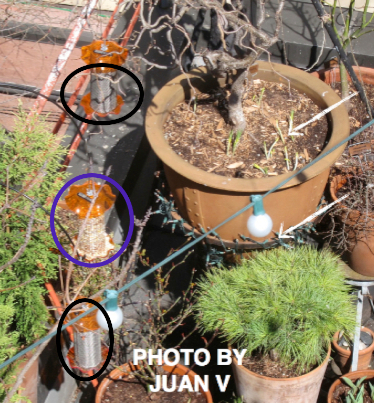
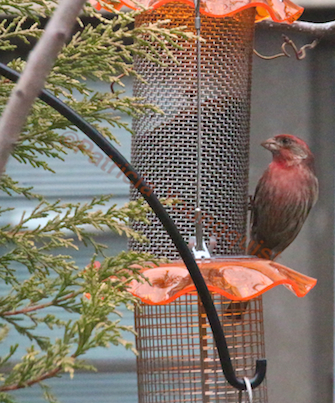
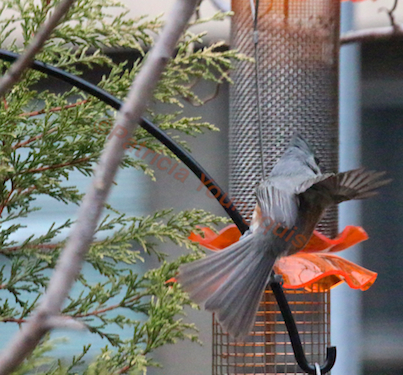


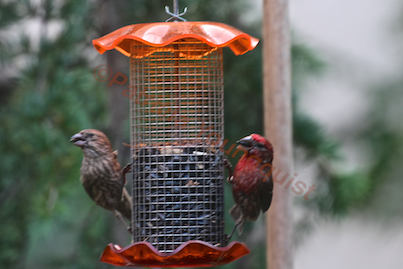
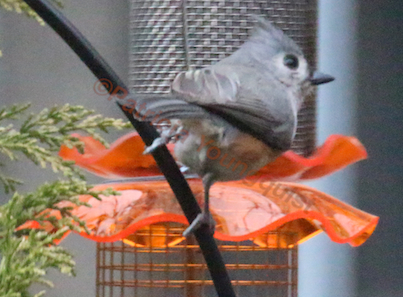
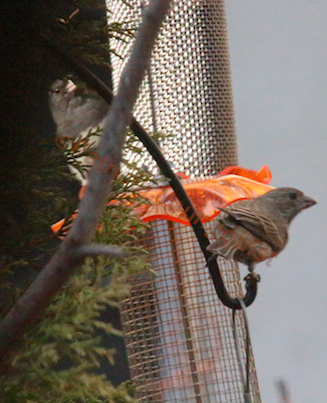


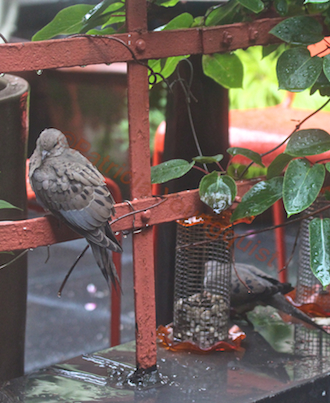


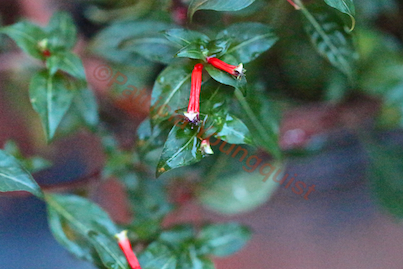
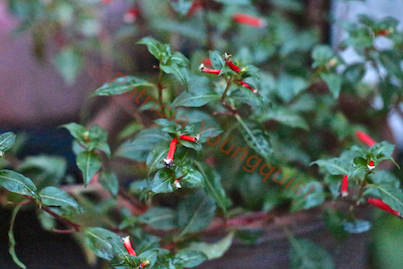

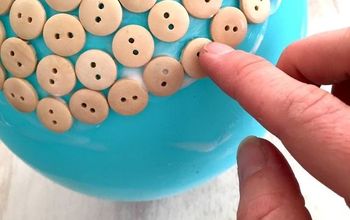




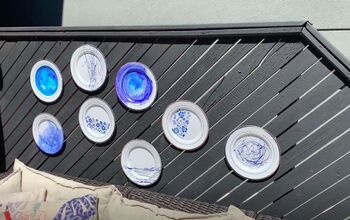








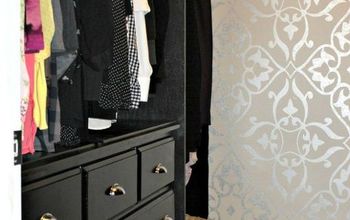

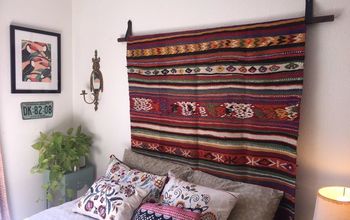



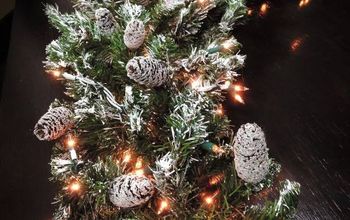

Frequently asked questions
Have a question about this project?